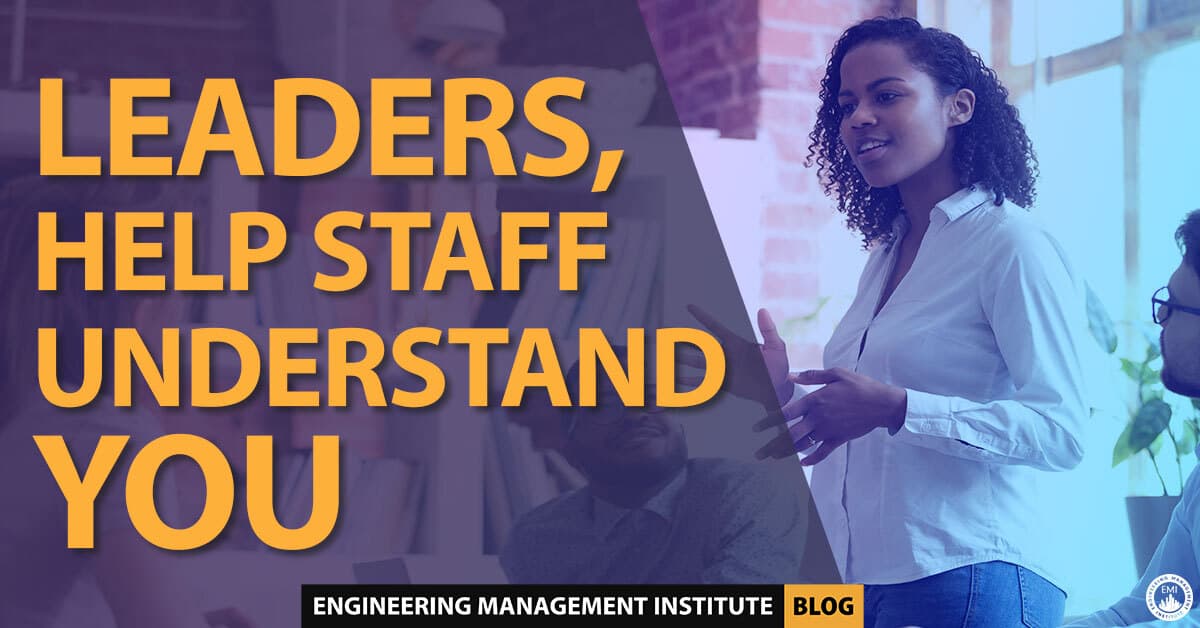
Here’s a data point that will NOT make your day if you are a leader in your firm.
“Seventy-four percent of employees feel they are missing out on company information and news.” It happens all the time.
Nadine, owner of a midsize professional services firm, describes her situation: “Every January, I give a state of the company address to the troops. The usual stuff: how we did last year, where we’re going this year, how excited/optimistic/cautious I am about the future, and so on. And for the next 12 months, every year, managers and staff ask me where we’re going, how we’re doing, etc.
“What am I doing wrong? I keep telling them what they want to know, but nobody seems to get it.”
Nadine’s story shows why communicating effectively is so tough. Consider the following. Nobody — and I mean nobody — has the same perspective as the CEO. The CEO sees how myriad pieces come together. Managers have been told what’s going on, but often they don’t effectively pass the information along to staffers. They are focused on taking care of their own operations. The general staff know what they do — make calls, take care of projects, do good work. But they lose sight of the company’s strategic goals and plans.
When the CEO speaks, it’s like hearing the booming voice of the wizard in “The Wizard of Oz.” Everyone is wary. Thus, a leader has to think through the perspectives of everyone in the audience and figure out how to deliver the message. This applies whether it is a small firm or a multi-state firm with hundreds of employees.
Nadine should start by asking critical audience analysis questions. What do they (her managers, staff, and/or stockholders):
Already know?
Want to know?
Not want to know?
Need to know?
Not need to know?
Those questions will help her decide what content to include and what to omit.
When addressing a large, diverse group of people, there are multiple needs to be met.
If you’re in Nadine’s shoes, sit back and think about your audience and your message. Start with what outcomes you want from your speech or presentation. Some call this reverse engineering. I think of it as starting from the end and working backward.
Nadine needs to:
By providing a framework for her message, Nadine will make the folks in No. 2 above happy. Then she can give the history and financials, which will appease the group in No. 1 above. Then Nadine can talk about the future and expectations. She needs to convey the logic behind her decisions to keep the folks in No. 3 above happy.
Nadine can close with the impact on her people (No. 4 above). What opportunities does she expect? What new education or training can staff take advantage of?
As the leader, Nadine needs to be the Chief Storyteller. It takes time to craft a story that conveys her message in a way that her staff can understand. Remember: Numbers may drive the business, but people drive the numbers.®
If you found this article helpful, go to MentorLoft.com and sign up for our newsletter.